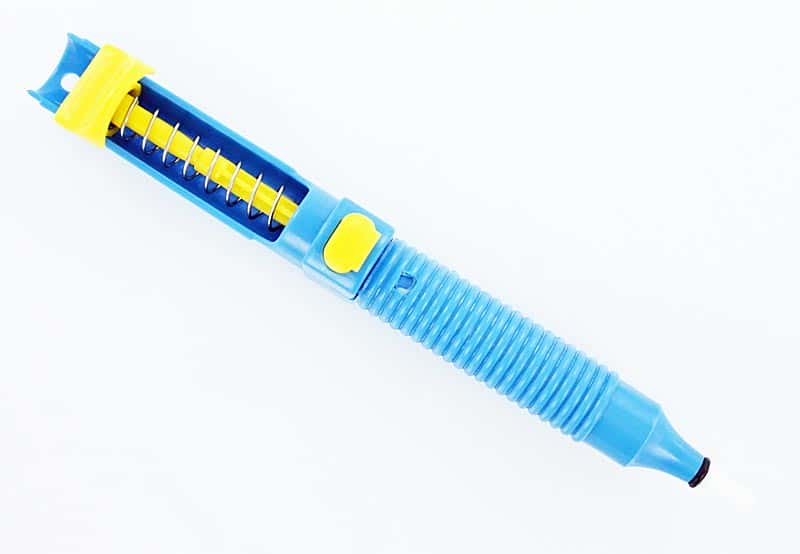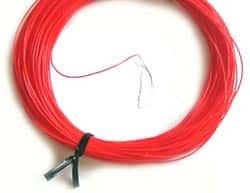Manual soldering is a skill that gets better with practice. For those who are starting out for the first time, manual soldering can be risky, unless they take proper care and follow safety instructions. Manual soldering involves application of heat locally by a soldering iron, whose tip may reach temperatures as high as 400°C. Soldering materials are sometimes toxic, especially if using lead based solders. Some very useful information about soldering can be found here.
One of the best tips to follow for both starters and experienced people is to don safety glasses before starting to solder. This is something that should become a habit for everyone who is soldering, because hot solder entering the eye can be dangerous. A wire, bent the wrong way, can easily flick hot solder into the air. When cutting a component leg, the cut piece can travel at high speeds. Safety glasses will save the eyes from all these flying missiles.
For most people, soldering skills will not be very good at first, but will certainly improve over time. There is no magic in making perfect solder joints every time, you will simply get used to how to hold things, when the iron is hot enough and the feel for how long you need to apply the heat on.
One basic question that comes up often is whether people ought to use leaded solder or unleaded solder. Leaded solder is composed of Tin (Sn) and Lead (Pb), typically in the ration 60:40, with lead being added to bring down the melting point of the composition to about 180°C. However, Lead being unsuitable to human health, has led to creation of unleaded or lead-free solders. The composition of lead-free solder varies, but in general, these have a higher melting point, nearer to 240°C.
The lower melting point of leaded solder makes it easier for soldering work, and beginners find it easier to practice with. Unleaded solder also has a more corroding effect on the tip of the soldering iron, so you need to change the tip more frequently if you are doing a lot of soldering with unleaded solder. For fine electronics soldering, it is preferable to use a thin gauge of solder wire such as 0.7mm in diameter. Thicker solder is intended for heavier electrical work.
For solder to melt and flow easily, a chemical compound is used; this is called Flux. Usually, the solder wire has a hollow core, in which flux is filled. As you heat the solder wire, flux melts first and helps solder to melt and flow. However, melting flux releases fumes that although not harmful in small quantities, it is advisable to avoid breathing in.
Soldering should preferably be done in a large, well-ventilated room. If that is not possible, a fume extractor or even a fan should be used to draw the fumes away. The tip of the soldering iron should be kept clean and well wetted with solder. This keeps the tip in good condition for a longer time, preventing pitting. For cleaning the tip, use a wet sponge or some wire wool. Wire wool can be used to clean the surfaces to be soldered, resulting in faster and better-soldered joints.


